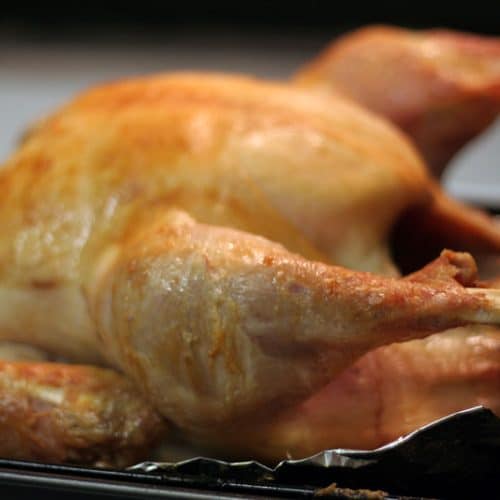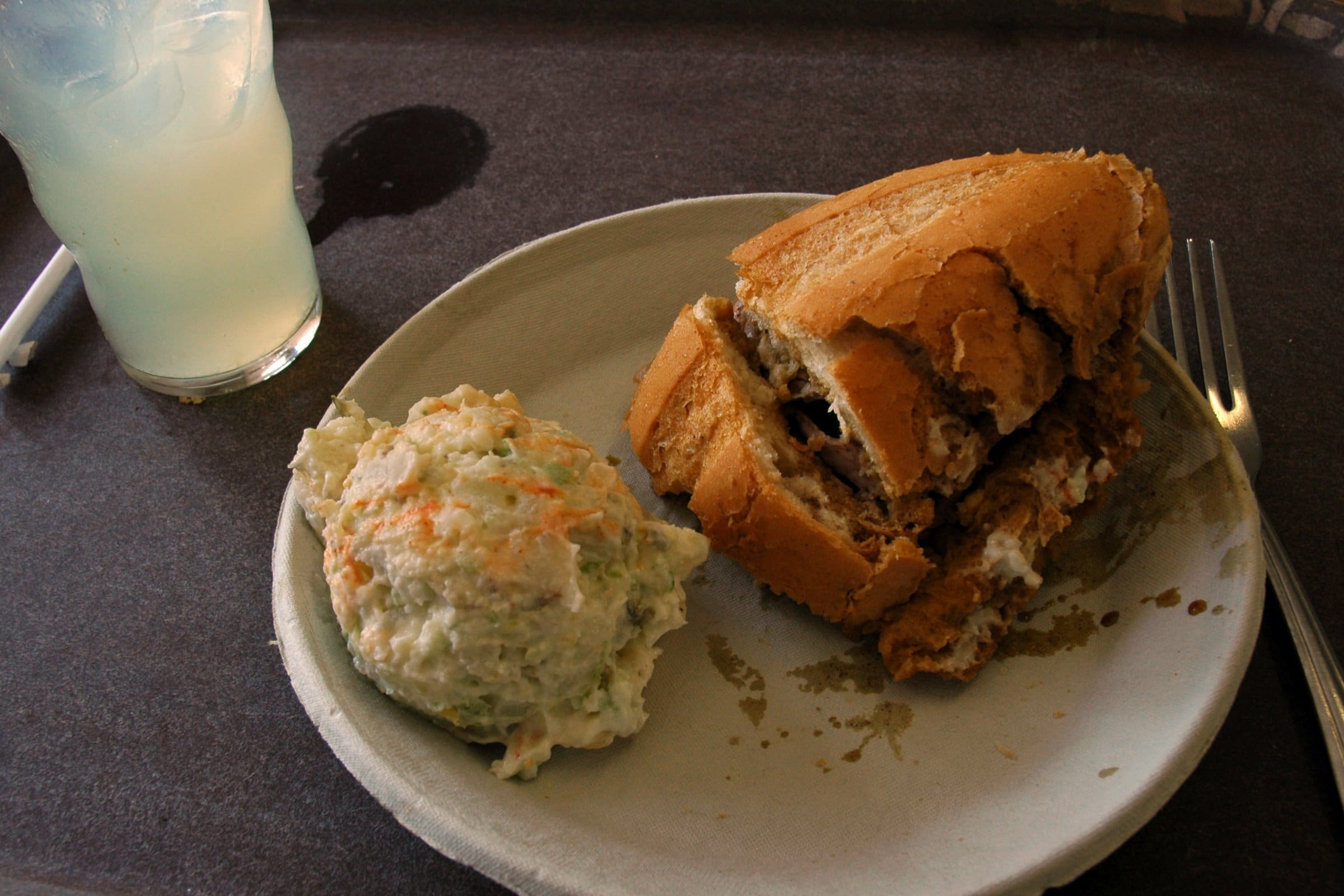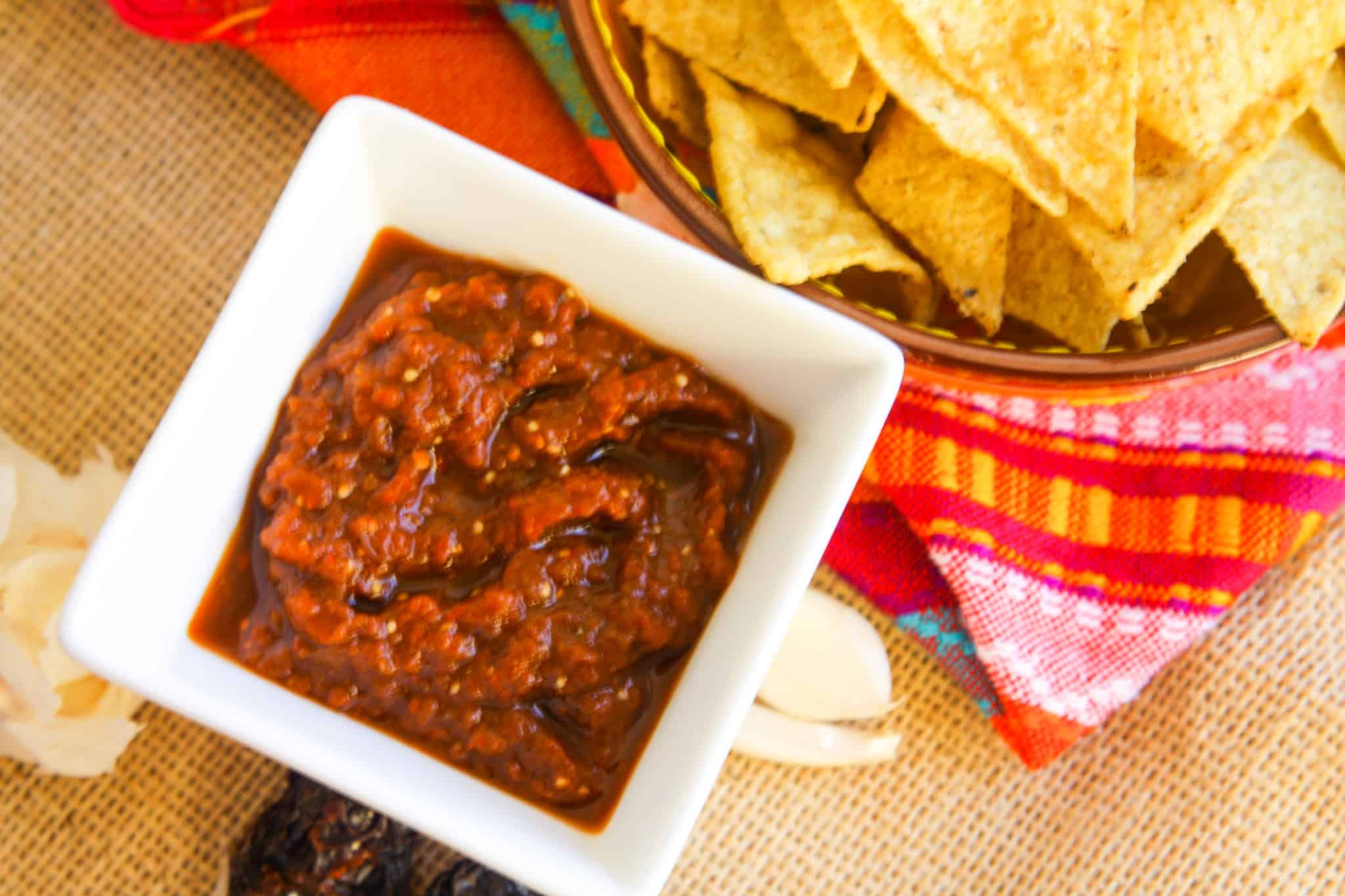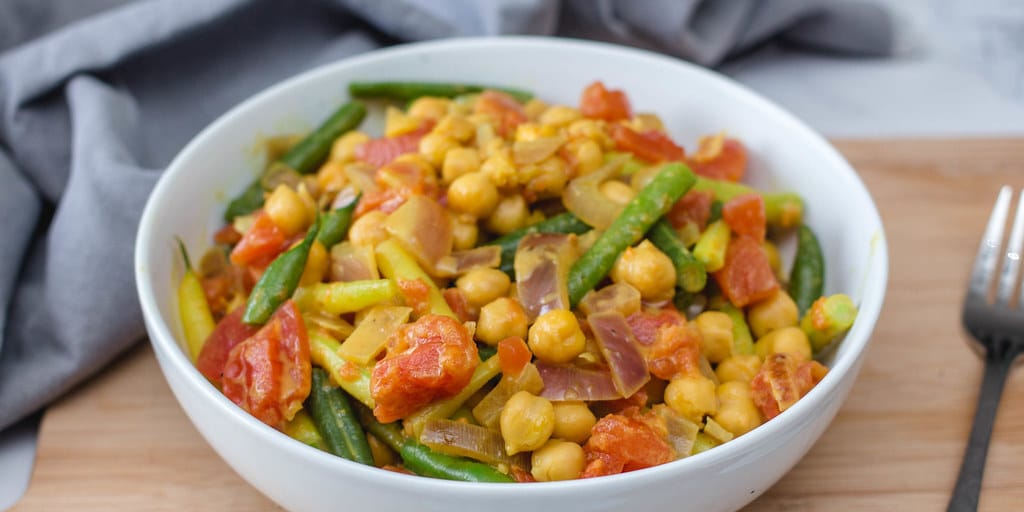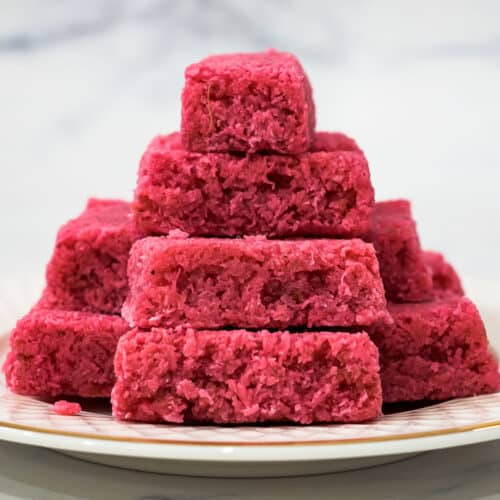This post may contain affiliate links. I may receive a small commission at no extra cost to you. All opinions remain my own.
Author of the blog. I am passionate about the calling to be a homemaker, and local, family-owned businesses.
It’s quite surprising that the USDA gives the green light to microwave chicken. It doesn’t always come out perfectly cooked, though.
Microwaves cook fast and are easy to use..
Disasters happen, ovens break, and some people cannot afford an oven.
For this reason, a microwave can practically save a turkey’s life and deliver a tasty one in a pinch.
Ensure that your microwave can handle a small turkey (8 to 10 pounds) by reading the manual beforehand..
Recipe for Microwave Turkey.
A moist and flavourful turkey will be the result of following this recipe:.
Ingredients:.
.How to Prepare Turkey.
The healthiest approach to consuming turkey is to choose light meat without the skin..
1.It’s also crucial to select fresh turkey versus processed turkey. One cup of light meat turkey already provides more than 18% of your daily sodium requirement. Processed turkey might contain up to 35% of the required dosage.
2.Buying a fresh turkey breast and cooking it at home is the greatest approach to reducing the fat and salt in your turkey. Frying should be avoided. Choose to cook your turkey breast in the oven instead. Serve it with a side of veggies of your choice, or try one of the many turkey breast recipes available online.
3.Cleaning the bird and removing its giblets is the first step. Make sure the bird is fully dry by patting it with paper towels. With that, sprinkle taste with salt, herbs, and spices.
4.Once your seasoned turkey has been seasoned, place it in a microwave-safe oven bag with a hole to allow steam to escape. We recommend using saran wrap to ensure that an entire turkey is evenly cooked, but it is okay to microwave it without it.
5.Stack the microwave-safe plate with the bagged turkey.
6.Be careful not to let the top or the sides of the turkey touch the microwave. Cook for roughly 10 minutes per pound on 50 percent power. It’s crucial to remember that every microwave is different, so; if at all possible, read your microwave’s manufacturer’s instructions.
7.The turkey will have to be turned- every 15 minutes if your microwave does not rotate automatically. Use care as it may become quite hot.
8.Carefully take your turkey from the oven and use a meat thermometer to verify its internal temperature. You should cook the turkey to at least 165-degrees Fahrenheit before eating it. You can tell it’s done- when you cut and come out and see clear juice, not pink.
9.Before carving and serving the turkey, allow it to rest for about 20 minutes.
.Nutritional Benefits.
A 100g serving of turkey meat and skin (roasted) provides:.
●Mono-unsaturated fat: 2.7g
●Poly-unsaturated fat: 1.8g
.Check out the Health Benefits of Turkey here:.
If you take care not to consume too much of it, turkey is a great way to gain protein.
Additionally, it contains essential vitamins and minerals, such as magnesium and niacin..
1.Abundant in Protein: A wonderful source of protein is homemade microwaved turkey. Turkey meat has around 29 g of protein per 100 g, which is nearly half of the Recommended Daily Intake. Protein is a fundamental component of the human body. Protein can be found in every part of the body. Several body tissues, such as bones, muscles, cartilage, skin, and blood, are repaired and rebuilt with protein. The body needs a lot of protein, which is why it’s considered a macronutrient. Protein cannot be stored- in the body, hence it must be consumed daily.
2.Reduces the risk of cancer: Selenium is an antioxidant that aids in the- prevention of cancer. According to the study, selenium supplementation can help reduce the risk of coronary heart disease.
3.Vitamin-Bs are abundant in this food: Vitamins, such as B-3 and B-6, are abundant in turkey meat. Vitamin B-3 aids in the reduction of cholesterol, which is necessary for good skin and cognitive function. Vitamin B-6 is essential for growth and helps maintain muscle tone. It also aids in the formation of antibodies and red blood cells. A single serving of turkey flesh provides around 36% of Vitamin B-3 and 27% of Vitamin B-6.
4.Contains minimal fat: Turkey meat has a lower fat content. Without the skin, each ounce of turkey meat has only 1 gram of fat. It is the greatest nourishment for athletes and people who wish to build their bodies. Turkey meat’s low-fat level and high protein content aid muscle building and improve overall performance. Those who engage in strenuous exercise should incorporate turkey meats into their diet.
5.Bone Strengthening: Turkey meat is high in calcium, magnesium, protein, and vitamin D, all of which support bone health and prevent osteoporosis. The magnesium in turkey meat aids in the absorption of calcium from calcium-rich meals. Magnesium soothes nerves and anxiety, aids digestion, avoids constipation, relieves muscle cramps, and regulates sodium, calcium, and potassium levels in the body.
6.Aids in the strengthening of the immune system: Tryptophan is an essential amino acid found in turkey meat (Tryptophan and the immune response). Tryptophan helps the body produce serotonin, which is essential for immune system health. Turkey meat should be consumed to enhance your immune system.
7.Iron-rich food: Turkey’s breasts have a lot of iron in them ( Turkey breast Iron Content ). Iron is necessary for the creation of blood and energy. Fatigue, hair loss, headaches, dry skin, and brittle nails are all symptoms of a lack of iron in the body. Turkey has about 1.5 mg of iron per 100 g of meat.
8.Assists in the Increase of Metabolism: Vitamin B-6 aids weight loss by boosting the body’s metabolism. Weight gain, high cholesterol and triglycerides, increased risk of heart disease, and high blood pressure are all symptoms of a slowed metabolism. Turkey meat should be consumed to boost your body metabolism and help you lose weight.
9.It is required for tissue growth as well as tissue regeneration: Turkey meat is important for tissue growth and healing. Protein is necessary for tissue growth. Physical work and movements cause wear and tear in your body tissues daily. You must consume the essential; amount of protein to cure this wear and tear.
10.Healthy Hair and Skin: Regularly eating turkey meat improves good skin and hair. Hair and skin are made up of protein molecules. When turkey meat is coupled with vitamin C, it increases collagen development and beautiful skin. It also helps to prevent hair loss and regenerate the hair that has fallen out. These are the advantages of turkey meat in terms of health.
.
Choose organic turkey meat if you’re going to eat turkey.
Antibiotics-laced mixed diet is now fed to turkeys.
Please be aware of this.
You must eat the correct kind of turkey meat to reap the health benefits of turkey meat...
FAQs.
In the microwave, how long does a turkey take to cook?
In a complete turkey, the complete cooking process takes 7–9 minutes per pound at 50% power, and the turkey plate needs to be flipped every 15 minutes.
Consider using a cooking bag so that consistent cooking can be achieved.
A turkey roll or boneless turkey breast can be cooked using the microwave probe.
When using a probe to check the temperature, follow the guidelines in the manual.
Is it possible to microwave defrost a turkey?
Remove the turkey’s outer covering and place it on a microwave-safe dish to catch any spilt juices.
Use the defrost function that is dependent on weight.
As a general rule, when thawing a turkey in the microwave, allow 6 minutes per pound.
During the thawing process, rotate it numerous times and even flip it.
Should I use aluminum foil to cover the turkey?
Due to the narrower edges of roasting racks compared to roasters, more hot air can circulate through the turkey, resulting in extra-crispy skin.
Covering the turkey with foil works in the same way that a roaster lid does: it traps steam and moisture, preventing the turkey from drying out while enabling the skin to crisp up.
How do you make a moist but not dry turkey?
Here’s a fantastic way to keep your turkey breast moist and safe:
Using a large square sheet of foil, make a triangle.
Rub one side of the triangle with olive oil and place it over the turkey breast (oil-side down), then remove the foil.
This will protect your turkey breast from drying out.
What do you put in a turkey’s cavity?
Place the bird in a large roasting pan.
Season the turkey cavity with salt and pepper inside and out.
Place the herbs, lemon halves, quartered onion, and garlic cloves in the cavity.
Conclusion
This is an excellent dish for anyone who lives in a more unorthodox living situation or simply wants to escape the hassles of regular cooking.
When only turkey will do, and you want to minimize the amount of effort you have to do, or you have a broken or missing oven, this method is the way to go.
Perfect Technique to Microwave a Turkey
This is an excellent dish for anyone who lives in a more unorthodox living situation or simply wants to escape the hassles of regular cooking.
Prep Time 5 minutes mins
Cook Time 15 minutes mins
Total Time 20 minutes mins
Course Main Course
Cuisine American
Servings 6
Calories 1 kcal
- 1 small thawed turkey
- Herbs
- Spices
It’s also crucial to select fresh turkey versus processed turkey.
One cup of light meat turkey already provides more than 18% of your daily sodium requirement.
Processed turkey might contain up to 35% of the required dosage.
Buying a fresh turkey breast and cooking it at home is the greatest approach to reducing the fat and salt in your turkey.
Frying should be avoided.
Choose to cook your turkey breast in the oven instead.
Serve it with a side of veggies of your choice, or try one of the many turkey breast recipes available online.
Cleaning the bird and removing its giblets is the first step.
Make sure the bird is fully dry by patting it with paper towels.
With that, sprinkle taste with salt, herbs, and spices.
Once your seasoned turkey has been seasoned, place it in a microwave-safe oven bag with a hole to allow steam to escape.
We recommend using saran wrap to ensure that an entire turkey is evenly cooked, but it is okay to microwave it without it.
Stack the microwave-safe plate with the bagged turkey.
Be careful not to let the top or the sides of the turkey touch the microwave.
Cook for roughly 10 minutes per pound on 50 percent power.
It’s crucial to remember that every microwave is different,
If at all possible, read your microwave’s manufacturer’s instructions.
The turkey will have to be turned- every 15 minutes if your microwave does not rotate automatically.
Use care as it may become quite hot.
Carefully take your turkey from the oven and use a meat thermometer to verify its internal temperature.
You should cook the turkey to at least 165-degrees Fahrenheit before eating it.
You can tell it’s done- when you cut and come out and see clear juice, not pink.
Before carving and serving the turkey, allow it to rest for about 20 minutes.
Calories: 1kcalProtein: 1gFat: 1gSaturated Fat: 1gPolyunsaturated Fat: 1gMonounsaturated Fat: 1gCholesterol: 1mgSodium: 1mgPotassium: 1mgVitamin A: 1IUCalcium: 1mgIron: 1mg
Keyword Perfect Technique to Microwave a Turkey
